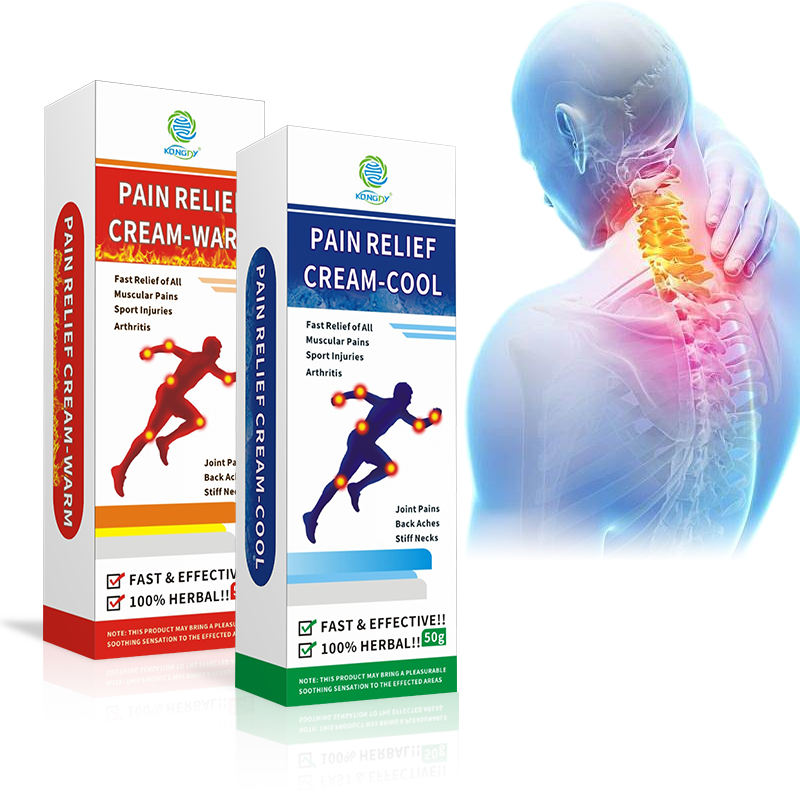With countless pain cream options available, selecting the most effective product can feel overwhelming. Understanding different formulations and their specific benefits helps you make an informed decision that addresses your particular pain concerns.
Over-the-counter pain creams generally fall into several categories. Counter-irritant creams containing menthol or camphor create warming or cooling sensations that override pain signals. These work well for muscle soreness and minor joint discomfort. Anti-inflammatory creams with ingredients like aspirin derivatives target swelling and inflammation, making them ideal for arthritis or injury-related pain.
Capsaicin-based creams offer unique benefits for chronic pain conditions. While initially causing a burning sensation, regular use depletes substance P, a neurotransmitter that carries pain messages to the brain. This makes capsaicin creams particularly effective for conditions like diabetic neuropathy or post-shingles pain.

Natural alternatives include arnica, turmeric, or CBD-infused creams. While research on these ingredients continues, many users report positive results with fewer side effects than traditional formulations.
When choosing a pain cream, consider your specific symptoms. For acute injuries with swelling, anti-inflammatory options work best. For chronic muscle tension, menthol-based products provide excellent relief. Those with sensitive skin should opt for fragrance-free, hypoallergenic formulations.
Application technique affects effectiveness significantly. Apply cream to clean, dry skin and massage thoroughly for better absorption. Don’t use heating pads or bandages over the application area unless specifically directed, as this can increase absorption beyond safe levels.
Remember that pain creams are designed for temporary relief of minor aches and pains. Persistent or severe pain requires professional medical evaluation to identify underlying causes and develop comprehensive treatment plans.






